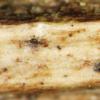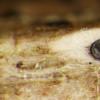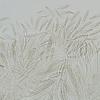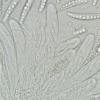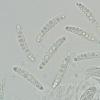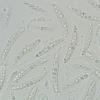
30-12-2025 17:14
 Bernard CLESSE
Bernard CLESSE
Bonjour à toutes et tous,Pourriez-vous aider Albe

29-12-2025 10:15
Hulda Caroline HolteHello, I found and collected this propoloid ascom

30-12-2025 16:44
Pascal DucosBonjour,Une anamorphe rose stipitée, très nombre

30-12-2025 16:41
Pascal DucosBonjour,Une anamorphe rose stipitée, très nombre

30-12-2025 09:04
Hello.A Pyrenomycete sprouting sparsely but very d

29-12-2025 17:44
Isabelle CharissouBonjour,J'aimerais savoir si d'autres personnes au

12-11-2021 00:03
Lepista ZacariasHi everybody,A week ago in my fiels trip I noticed
Massariosphaeria alpigena vs. Pseudomassariosphaeria grandispora
Gernot Friebes,
06-03-2018 15:30
here I have a species that seems very close to P. grandispora but I am not certain how to distinguish it from M. alpigena (Lophiostoma alpigenum). In the literature these species are rarely compared to each other which makes things difficult.
-) Leuchtman (1984) only treats M. grandispora without mentioning M. alpigena.
-) Tanaka & Harada (2004) compare M. alpigena to their newly described species M. megaspora but unfortunately not to P./M. grandispora, which is morphologically probably more similar to M. alpigena.
-) The key in Holm & Holm (1988) does contain both M. alpigena and M. grandispora, but they also mention that M. grandispora might be a synonym of M alpigena. Their description of "Massariosphaeria cfr. grandispora" gives fairly short ascospores of only 32–36 µm in length, thus close to the measurements given in Tanaka & Harada 2004. Leuchtman (1984) gives a much wider range of 33–50 µm, which would include the measurements of M. alpigena in Holm & Holm (1988).
-) Chesters & Bell (1970) only treat M. alpigena (as Lophiostoma alpigenum) without mentioning M. grandispora.
The material that I have at hand grows on Clematis vitalba, which might be in the host range of either species... The ascospores generally have 10–11 septa, a very thick sheath in water, partly slightly fusoid end cells and measure about 43–52 x 7.8–9 µm. Depending on which literature I use I could identify it either as M. alpigena or M. grandispora (now transferred to the genus Pseudomassariosphaeria).
What are your thoughts on this topic? Is there any newer literature that I might have missed?
Best wishes,
Gernot



